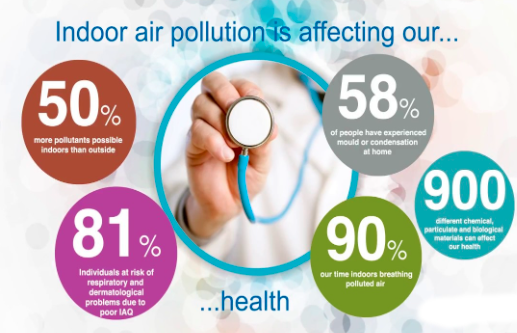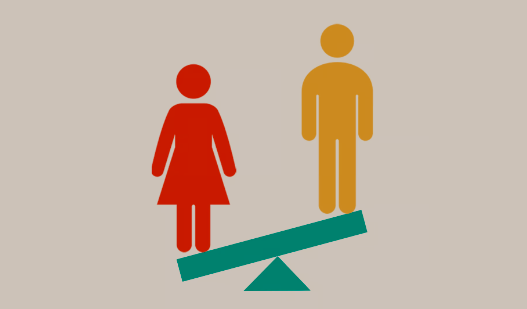The Revolutionary Realm Of Bio-Fabricated Textiles: A Deep Dive Into The Future Of Sustainable Fashion

“Bio-Fabricated Textiles”
Bio-fabricated textiles represent a paradigm shift in the fashion industry, offering a sustainable alternative to traditional textiles that rely heavily on resource-intensive processes. As the global fashion sector grapples with environmental concerns and the need for responsible production, bio-fabricated textiles emerge as a promising solution. This article explores the concept of bio-fabricated textiles, their production processes, environmental impact, and the potential they hold for revolutionizing the future of sustainable fashion.
Understanding Bio-Fabricated Textiles:
Bio-fabricated textiles, also known as bio-textiles, refer to fabrics produced from organic and sustainable sources such as bacteria, fungi, algae, and other living organisms. Unlike conventional textiles, which are often derived from non-renewable resources like petroleum-based synthetic fibers or resource-intensive crops like cotton, bio-fabricated textiles present an eco-friendly alternative.
Production Processes:
- Bacterial Cellulose: One of the prominent methods involves the use of bacteria, particularly Acetobacter xylinum, to produce bacterial cellulose. This cellulose is similar to the one found in plants but can be cultivated in a controlled environment. The result is a strong and flexible material that can be used in various textile applications.
- Fungi-Based Textiles: Another approach utilizes mycelium, the root structure of fungi, to create a textile known as mycelium leather. This sustainable alternative to animal leather is not only cruelty-free but also eliminates the environmental impact associated with traditional leather production.
- Algae and Seaweed Fibers: Algae and seaweed are rich sources of fibers that can be used to create bio-fabricated textiles. These fibers are not only biodegradable but also offer unique textures and properties, making them a versatile option for designers.
Environmental Impact:
The fashion industry has long been criticized for its significant environmental footprint. Bio-fabricated textiles have the potential to address several environmental issues associated with conventional textile production:
- Reduced Water Usage: Conventional cotton production is notorious for its high water consumption. Bio-fabricated textiles, particularly those derived from bacteria and fungi, often require less water, contributing to water conservation efforts.
- Elimination of Harmful Chemicals: Traditional textile manufacturing involves the use of various chemicals, including pesticides and dyes. Bio-fabricated textiles can be produced with minimal or no harmful chemicals, reducing the environmental impact associated with chemical runoff and pollution.
- Biodegradability: Unlike synthetic textiles that can take centuries to decompose, bio-fabricated textiles are often biodegradable. This ensures that at the end of their lifecycle, these textiles can return to the environment without causing long-term harm.
- Carbon Footprint Reduction: The production of bio-fabricated textiles has the potential to lower the carbon footprint associated with conventional textiles. By utilizing renewable resources and reducing energy-intensive processes, bio-fabricated textiles contribute to mitigating climate change.
Challenges and Opportunities:
While bio-fabricated textiles offer a promising solution to many environmental challenges, there are still hurdles to overcome:
- Scalability and Cost: Currently, the production of bio-fabricated textiles can be more expensive than traditional methods. Scaling up production and improving efficiency are crucial to making these textiles more accessible to a broader market.
- Consumer Awareness: Educating consumers about the benefits of bio-fabricated textiles is essential for widespread adoption. Increased awareness can drive demand and encourage fashion brands to invest in sustainable practices.
- Technological Advancements: Continued research and technological advancements are needed to enhance the properties of bio-fabricated textiles. Improving durability, texture, and color options will make them more appealing to designers and consumers alike.
Conclusion:
Bio-fabricated textiles represent a beacon of hope for the fashion industry as it strives to become more sustainable. As awareness of environmental issues continues to grow, the demand for eco-friendly alternatives is on the rise. Bio-fabricated textiles not only address the environmental impact of traditional textile production but also open the door to a new era of innovation and creativity in the world of fashion. With ongoing research and industry collaboration, bio-fabricated textiles have the potential to transform the fashion landscape, paving the way for a more sustainable and responsible future.



